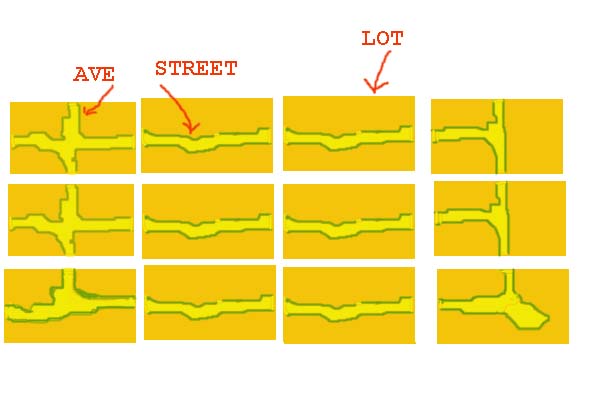OLPCities/Hello World!: Difference between revisions
Jump to navigation
Jump to search
No edit summary |
No edit summary |
||
| Line 1: | Line 1: | ||
It's a tradition. The first application of a programer when learning a new language will write |
It's a tradition. The first application of a programer, when learning a new language, will write: "Hello World!" |
||
Ok... but here "world" is too much! We are creating a "City"... Or, better our first exercice will be to create a "Lot". |
|||
What is a "Lot"? |
|||
[[Image:Tut1-00.jpg|left ]] |
|||
[[Image:Tut1-00.jpg|left ]] In the figure you see a "City" having 12 "Lots". They are empty. At a real OLPcity each Lot has an activity that can be an educational game, a link to some article etc. etc. |
|||
A Lot is really a "normal" webpage created using <b>objects</b> of the "OLPCities Inventory". We are talking about objects in the OOPL sense. Somo of these objects will have a graphic representation that are "sprites". |
|||
You can use one of the sprites of our Inventory downloading from one of the pages: |
|||
Revision as of 22:22, 20 September 2006
It's a tradition. The first application of a programer, when learning a new language, will write: "Hello World!"
Ok... but here "world" is too much! We are creating a "City"... Or, better our first exercice will be to create a "Lot".
What is a "Lot"?
In the figure you see a "City" having 12 "Lots". They are empty. At a real OLPcity each Lot has an activity that can be an educational game, a link to some article etc. etc.
A Lot is really a "normal" webpage created using objects of the "OLPCities Inventory". We are talking about objects in the OOPL sense. Somo of these objects will have a graphic representation that are "sprites".
You can use one of the sprites of our Inventory downloading from one of the pages:
